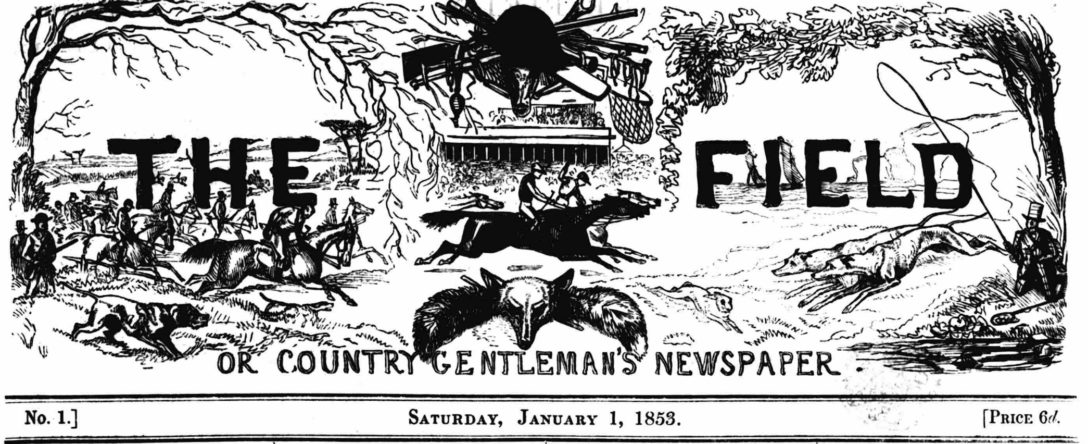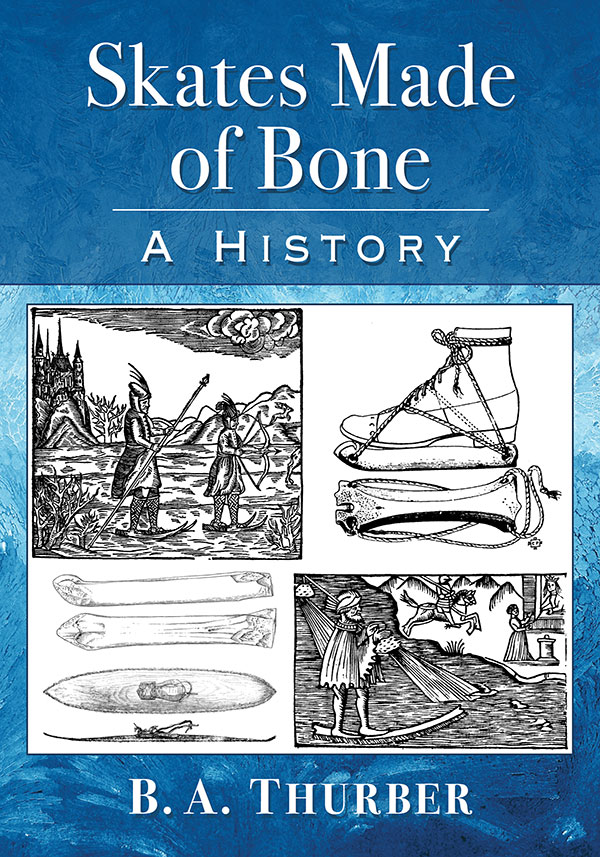
I recently discovered the Allgemeine Sport-Zeitung archive in ANNO: Historische österreichische Zeitungen und Zeitschriften at the Austrian National Library. Spanning 1880–1927 with a few gaps, it is a fantastic resource for skating history! (Provided you read German.)
This newspaper was published in Vienna, home of the famous Vienna Skating Club of Spuren auf dem Eise. It includes notes from that club. Coverage of each half-year’s skating events can be found using the index to each volume.
Here, for example, is the coverage of the 1902 World Championship, which Mrs. Syers audaciously entered. She placed second following Ulrich Salchow. The Allgemeine Sport-Zeitung reports (my translation):
A lady took second place. “Mrs. Syers” would surely win first or second prize in a World Championship for Ladies, but not in one for Ladies and Gentlemen. The difference between her and Salchow was no less than 118 points. In all the previous World Championships, this difference was never more than 20 points. … How inferior the Berlin skater Gordon (3rd place) and Mr. Torrome (4th) were can also be seen from the huge difference in points.
“Die Weltmeisterschaft 1902,” Allgemeine Sport-Zeitung, February 23, 1902, 183.
This is very different from the positive view of Mrs. Syers in English-language media! However, it does go on to say something nice:
Mrs. Syers was the only competitor who didn’t leave any of the loops in the dreaded backwards paragraph out. … Mrs. Syers made all the figures small and without power, but correct and on axis.
“Die Weltmeisterschaft 1902,” Allgemeine Sport-Zeitung, February 23, 1902, 183.
But of course, a Viennese paper thought Viennese skaters could do better:
Mr. and Mrs. Syers won the pair skating; they presented their graceful and decent figures slowly and uncertainly to the 10,000 spectators. In comparison with our excellent Viennese pairs there is only one adjective: “Anemic.”
“Die Weltmeisterschaft 1902,” Allgemeine Sport-Zeitung, February 23, 1902, 183.
Why didn’t these “excellent Viennese pairs” participate in the competition?













 My edition of On the Outside Edge: Being Diversions in the History of Skating is now available on
My edition of On the Outside Edge: Being Diversions in the History of Skating is now available on 